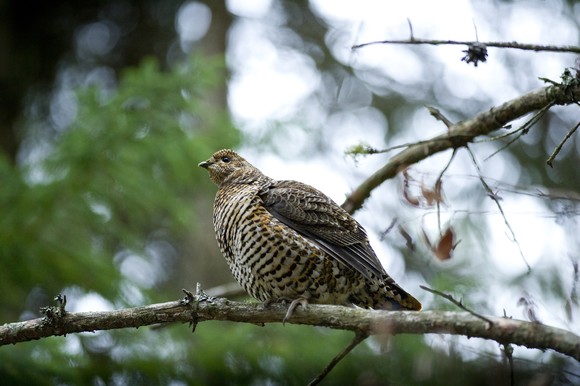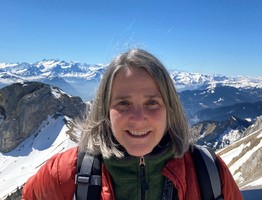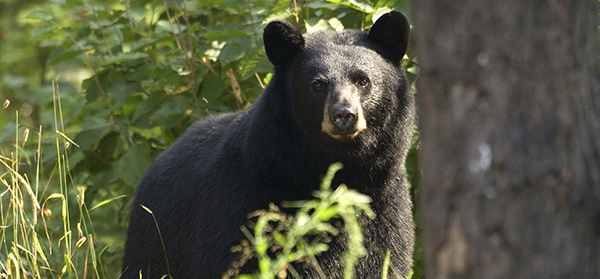|
Michigan has some of the best wildlife-based recreation opportunities around. This quarterly newsletter will give you updates on the great work going on for wildlife conservation across the state and some tips on how to get involved.
 Opportunities to spot owls, grouse, warblers and more! The Shore-to-Shore Birding Trail is a driving/walking/birding experience that covers more than 400 miles and 40 bird-watching locations throughout parts of Chippewa, Schoolcraft, Luce and Mackinac counties.
The trail, in the eastern Upper Peninsula, spans Lake Superior’s southern shore from Sault Ste. Marie to Whitefish Point. Whitefish Point, a prime birding destination, features an abundance of songbirds, shorebirds and raptors that migrate through in the spring and fall. The trail then heads south and east through forests, bogs and patches of grassland. Stops include the Hiawatha National Forest, the Seney National Wildlife Refuge, the Silver Creek Birding Trail and other birding locations.
Partners who worked on the project with the Department of Natural Resources include the Chippewa-Luce-Mackinac Conservation District, the Hiawatha National Forest, Seney National Wildlife Refuge, Bay Mills Indian Community, Sault Ste. Marie Tribe of Chippewa Indians, Michigan Sea Grant and the Eastern Upper Peninsula Regional Planning and Development Commission.
Additional organizations and individuals also contributed to planning and creating the trail, including local birding experts, photographers, land managers and other volunteers.
For the full story on the trail development, check out Showcasing the DNR: Birding shore to shore.
Visit shoretoshorebirdingtrail.org for an interactive map of locations as well as tips and other helpful information for planning your trip.
 |
|
Wildlife biologist Kristie Sitar has been with the Wildlife Division for 20 years. Kristie covers Luce, west Mackinac and west Chippewa counties and is based out of the Newberry customer service center. Kristie's favorite parts of the job include performing wildlife surveys and related work that gets her into the field. |

Wildlife technician Jayne Roohr is also based at the Newberry customer service center. In addition to spring wildlife surveys, Jayne enjoys creating opportunities for adults and youth to get outside and enjoy outdoor activities. "From creating new birding trails, participating in youth outreach events or maintaining hunter walking trails in the GEMS, it is rewarding to see folks out and enjoying resources that DNR staff work so hard to provide." Jayne has been with the Wildlife Division for six years.
|
If you are interested in learning more about wildlife management or state game areas near you, contact your local wildlife biologist or email [email protected].
 We are looking for locations of denned bears in the northern Lower Peninsula to grow the surrogate sow program, which places orphaned bear cubs with mother bears. After locating a bear den, wildlife biologists will determine whether the animal is a good candidate to join the program and, if so, will fit the bear with a radio tracking device.
If you find a bear den in the northern Lower Peninsula, record the location with a GPS unit, if possible, and contact Mark Boersen at 989-275-5151 or [email protected] with specific location information.
See full story ►
|